![Feldman, Morton (Judith Wegmann / Andreas Kunz): For John Cage [2 CDs] (ezz-thetics by Hat Hut Records Ltd) Feldman, Morton (Judith Wegmann / Andreas Kunz): For John Cage [2 CDs] (ezz-thetics by Hat Hut Records Ltd)](https://www.teuthida.com/productImages/misc4/31195.jpg)
First performed in 1982, Morton Feldmans' monumental composition for piano and violin dedicated to peer John Cage creates a distinctive environment of instrumental interaction where patterns are subtly varied in a virtual suspension of time as the music drifts and reflects, beautifully rendered in this 2021 recording by pianist Judith Wegmann and violinist Andreas Kunz.
In Stock
Quantity in Basket: None
Log In to use our Wish List
Shipping Weight: 3.00 units
EU & UK Customers:
Discogs.com can handle your VAT payments
So please order through Discogs
Sample The Album:
Morton Feldman-composer
Judith Wegmann-piano
Andreas Kunz-violin
Click an artist name above to see in-stock items for that artist.
Performed by Judith Wegmann on a Bösendorfer piano 280VC and by Andreas Kunz using a Baroque violin bow.
UPC: 752156103622
Label: ezz-thetics by Hat Hut Records Ltd
Catalog ID: ezz-thetics 1036-2
Squidco Product Code: 31195
Format: 2 CDs
Condition: New
Released: 2021
Country: Switzerland
Packaging: Cardboard Gatefold
Recorded at Mazzini Stiftung, in Grenchen, Switzerland, in February, 2021, by Michael Gallusser.
"For John Cage was premiered on 13th March 1982, just four and a half years before Morton Feldman's untimely death at the age of 61. Like most of Feldman's music it was written for performers whose musicianship he admired, in this case the violinist Paul Zukofsky and the pianist Aki Takahashi. For Zukofsky he had already written two works, Spring of Chosroes (1978) and Violin and Orchestra (1979), and Takahashi was the dedicatee of Triadic Memories (1981); in For John Cage there is a sense that the expressive range of these previous works has been radically reduced to create music of the greatest intimacy.
A month after the premiere of For John Cage Feldman gave a lecture in Toronto and talked about this intimacy, about the way that the violin and the piano are 'both in the same space, no business of this one here that one there at all, of course it happens, but it's like one instrument in the same space, just a little echo of sorts.' The instruments interlock, like the warp and weft of the Persian and Turkish rugs that Feldman loved to collect, notes passing back and forth between violin and piano. The score echoes this sense of equality, the piano part notated like the violin, on just a single stave.
There is an intimacy too in the naming of this work. For John Cage was written for a marathon concert in New York, organised to celebrate Cage's 70th birthday, and the title might seem to be no more than a dedication to Feldman's great friend and mentor. But the title has a deeper significance: Feldman was preoccupied by the nature of his creative relationship with Cage, the composer who had given him 'permission, the freedom to do what I wanted', and it was a topic that recurred in the lectures and interviews of his later years. In January 1982 he remarked that 'I see John very infrequently' but 'he's always on my mind' and For John Cage can be thought of as music in which Feldman set out to explore how different he was from Cage.
Writing for violin made it easy to establish this difference. Cage had recently completed a set of seventeen solo violin studies for Paul Zukofsky, the Freeman Etudes (1977-80). They are spectacularly difficult, a sonic universe in which every possible violin sound will at some point make an appearance, often before or after sounds that require quite different types of playing technique, and, as far as Zukofsky was concerned, they frequently edged into unplayability. In For John Cage Feldman is, as he put it, 'trying out another option': this music is made up of just a few handfuls of notes and intervals, a succession of sounds, consistently very quiet, that gradually threads its way through time.
In 1981 Daniel Charles published the English translation of a book of interviews with John Cage, For the birds. The interviews originally date from 1970 but for the 1981 edition Cage added footnotes, in one of which he wrote, 'Earlier this year I heard a String Quartet by Morton Feldman that was a single movement lasting an hour and a half. It was beautiful because it wasn't beautiful. Through length it became not an object.' Cage might almost be describing For John Cage, except that this music is very beautiful and perhaps never before so beautiful as it is in this new recording by Judith Wegmann and Andreas Kunz, the latter gently caressing each sound into being with a Baroque violin bow.
But Cage's emphasis on the significance of 'length' is misplaced. That For John Cage is 'not an object' has less to do with its length than with its elimination of conventional musical subject matter. In that Toronto lecture Feldman said, 'My piece that I wrote For John Cage, it is so difficult, it's the most tenuous type of supple rhythms, just it's not even like rhythms at all, you know how difficult it is to write a complicated rhythm that doesn't even sound like a rhythm?' He might have added that, as well as rhythms that don't sound like rhythms, the music also involves sequences of pitches that don't cohere into melodies, alternations of instrumental register that resist any sense of the rhetorical, and pauses that are never dramatic.
John Cage was an evangelist for a new mode of listening in which we would listen to everything with the same attention that we bring to music. For John Cage proposes instead that we listen to this music as if it were everything. While these two instruments are playing there is nothing else, just a violin and a piano. Even the process of remembering, normally so important in helping us make sense of what we hear, is altered: the 'tenuous' rhythms of For John Cage articulate patterns in which notes and figures are reiterated or subtly varied, the music becoming its own memory. Eventually it finishes and we remember: what? That we were listening to a violin and a piano and that it was quiet and beautiful."-Christopher Fox, 10th July 2021
Performed by Judith Wegmann on a Bösendorfer piano 280VC and by Andreas Kunz using a Baroque violin bow.

The Squid's Ear!
Artist Biographies
• Show Bio for Morton Feldman "Morton Feldman was born in New York in 1926 and died there in 1987. Just like Cage, a close friend, he was an American composer - an American artist - an American in the true sense of the word. He identified himself by differentiating his views on composition from those of his colleagues in Europe. He was proud to be an American because he was convinced that it enabled him the freedom, unparalleled in Europe, to work unfettered by tradition. And, he was an American also in what may have been a slight inferiority complex in the face of cultural traditions in Europe, something he proudly rejected and secretly admired. Like any true artist, Feldman was endowed with a sensitivity for impressions of a wide variety of sources, literature and painting in particular. His affinity to Samuel Beckett has enriched music literature by a unique music theatre piece, Neither, and two ensemble works. His friendship with abstract impressionist painters gave birth to a range of masterpieces, Rothko Chapel in particular. But even the knotting of oriental rugs gave Feldman musical ideas (The Turfan Fragments). To the question as to why he preferred soft dynamic levels, he replied: "- Because when it's loud, you can't hear the sound. You hear its attack. Then you don't hear the sound, only in its decay. And I think that's essentially what impressed Boulez . That he heard a sound, not an attack, emerging and disappearing without attack and decay, almost like an electronic medium. Also, you have to remember that loud and soft is an aspect of differentiation. And my music is more like a kind of monologue that does not need exclamation point, colon, it does not need..." Feldman also had an intriguing reply up his sleeve when it came to answering the question why he composed in the first place: "You know that marvellous remark of Disraeli's? Unfortunately, he was not a good writer, but if he was a great writer, it would have been a wonderful remark. They asked him whydid he begin to write novels. He said because there was nothing to read. (laughs). I felt very much like that in terms of contemporary music. I was not really happy with it. It became like a Rohrschach test". More than twenty years since his death, Morton Feldman's music is as alive as ever." ^ Hide Bio for Morton Feldman • Show Bio for Judith Wegmann "Swiss pianist Judith Wegmann started to play the piano at the age of six. Shereceived her education at the famous Jazz School of Lucerne and the Swiss Jazz School of Bern with Roberto Domeniconi, Olivier Truan and ChristyDoran, focusing on Modern Jazz and Free Improvisation. Subsequently she earned a Bachelor and a Master's degree with highest distinctions in Classical Studies(Pedagogy and Piano) from the Music Universities in Neuchâtel and Lucerne. She continued studying with renowned musicians including Sebastian Risler, Karl-Andreas Kolly, Tobias Schabenberger, and Gerardo Vila, and attended Master Classes in Switzerland, France and Austria. Recently,she completed a second Master's degree at the Conservatory of Basel (with Fred Frith and Alfred Zimmerlin), concentrating on free improvisation and Contemporary Music. As a classical pianist Judith performs on stage on a regular basis and in different chamber music formations. Her ability to switch between different genres allows her to engage in classical, contemporary as well as improvisation-based projects. Judith frequently conceptualizes concert programs, taking management responsibilities from the early stages of planning to the public performance. Her concerts have been performed in Switzerland as well as abroad - for example "Bach, Schumann et l'ombre de Nico" with Alexandre Caldara (F/CH, 2006) or the performance series "Outdoor-Dialoge" with Claudia Bucher (2009/10). Cross-disciplinary projects are an important aspect of her work. Collaborations with composers, visual artists and writers foster new approaches and paths, as in"Schwarzberg" with Swiss composer Werner Bärtschi and Arno Camenisch (2011). She was hired bythe "Kunsthalle Basel" for the widely celebrated Swiss premiere of afro-american composer Julius Eastman's "Songs for a mad King"in 2013. In thesame year she participated in the production "Manon -Soundtrack des Lebens" for the "young stage" of the theater Biel-Solothurn. Further projects are planned for the near future. In 2011 and 2015 she was awarded a distinguished grant "Förderpreis" by the canton of Zug, Switzerland, which supported some of her most innovative projects. In 2013 she founded the New4Art Ensemble. Her work with this ensemble was awarded a prize by the city of Biel "Werkbeitrag". This award she also received in the years 2014 and 2015. Judith has been a member of the board of the Society of Free Improvisation ("Werkstatt für die freie Improvisierte Musik") in Bern since 2015 and is head of their"open workshop-". In 2017 her first Solo CD was released by HatHut records,which received a positive international reiew." ^ Hide Bio for Judith Wegmann
12/17/2025
Have a better biography or biography source? Please Contact Us so that we can update this biography.
12/17/2025
Have a better biography or biography source? Please Contact Us so that we can update this biography.
Track Listing:
CD1
1. For John Cage 44:07
CD2
1. For John Cage 45:56
Hat Art
Compositional Forms
Avant-Garde
European Improvisation, Composition and Experimental Forms
Piano & Keyboards
Stringed Instruments
Duo Recordings
John Cage
Staff Picks & Recommended Items
New in Compositional Music
Hat Hut Masters Sale
Search for other titles on the label:
ezz-thetics by Hat Hut Records Ltd.

![Feldman, Morton (Judith Wegmann / Andreas Kunz): For John Cage [2 CDs] (ezz-thetics by Hat Hut Records Ltd) Feldman, Morton (Judith Wegmann / Andreas Kunz): For John Cage [2 CDs] (ezz-thetics by Hat Hut Records Ltd)](https://www.teuthida.com/productImages/full/31195.Full.jpg)

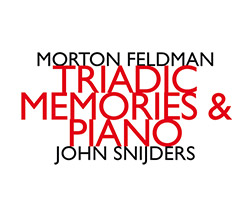

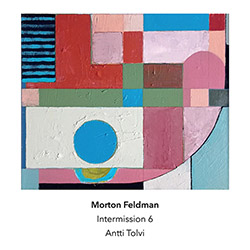



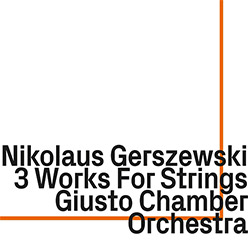

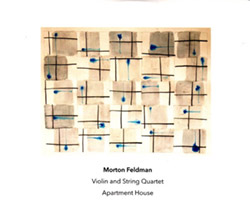
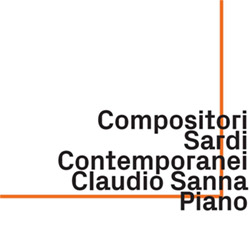
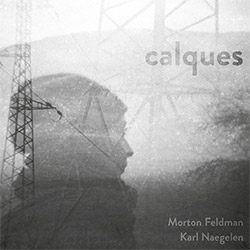

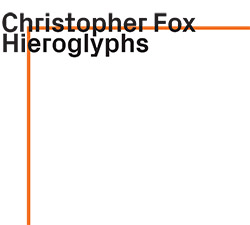

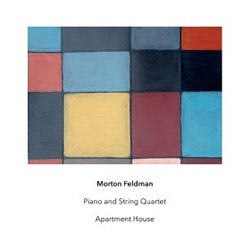


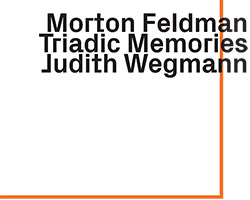
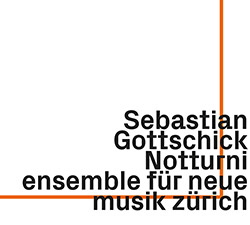
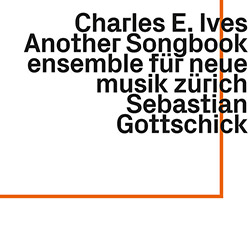
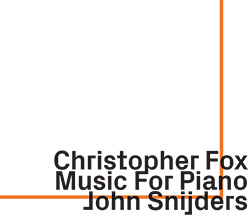
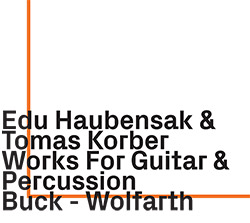


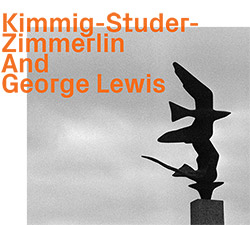

![HobbyHouse (Mia Dyberg / Axel Filip): HobbyHouse [CD + DOWNLOAD]](https://www.teuthida.com/productImages/misc4/36944.jpg)
![Mines, Kelsey / Erin Rogers: Scratching At The Surface [CD + DOWNLOAD]](https://www.teuthida.com/productImages/misc4/36945.jpg)
![Nebbia, Camila (feat/ Marilyn Crispell / Lesley Mok): A Reflection Distorts Over Water [CD + DOWNLOAD]](https://www.teuthida.com/productImages/misc4/36946.jpg)
![Vanheerentals, Adia: Taking Place [CD + DOWNLOAD]](https://www.teuthida.com/productImages/misc4/36947.jpg)
![Mines, Kelsey / Vinny Golia: Collusion and Collaboration [CD + DOWNLOAD]](https://www.teuthida.com/productImages/misc4/36948.jpg)
![Parkins, Zeena: Lament For The Maker [CD + DOWNLOAD]](https://www.teuthida.com/productImages/misc4/36949.jpg)
![Evans, Peter / Mike Pride : A Window, Basically [CD + DOWNLOAD]](https://www.teuthida.com/productImages/misc4/36950.jpg)

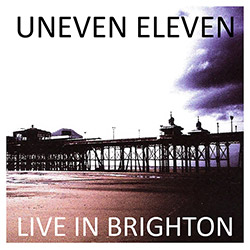
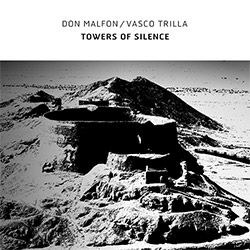
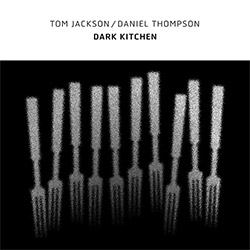
![Frey, Jurg : Composer, Alone [3 CDs]](https://www.teuthida.com/productImages/misc4/36927.jpg)
![Belorukov, Ilia / Alex Riva: Wrestling For Futility [CASSETTE w/DOWNLOAD]](https://www.teuthida.com/productImages/misc4/36994.jpg)
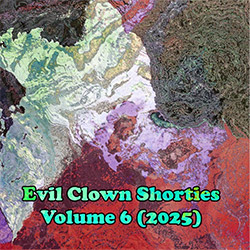
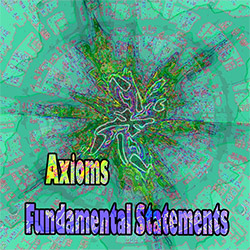





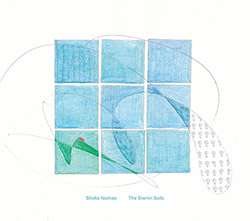

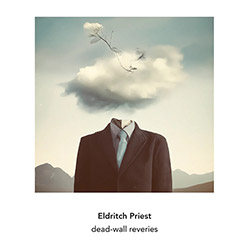
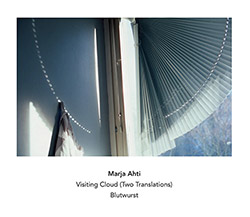

![Agnel, Sophie: Learning [VINYL]](https://www.teuthida.com/productImages/misc4/36841.jpg)

![Monaco, Amanda (w/ Michael Attias / Sean Conly / Satoshi Takeishi) : Deathblow [VINYL+ DOWNLOAD]](https://www.teuthida.com/productImages/misc4/36956.jpg)
![Frey, Jurg with ensemble]h[iatus: Je Laisse A La Nuit Son Poids D](https://www.teuthida.com/productImages/misc4/36988.jpg)
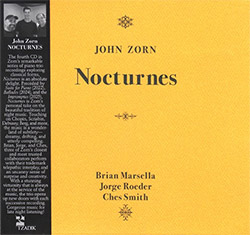
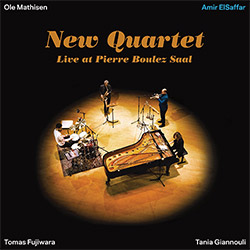
![ElSaffar, Amir / New Quartet : Live at Pierre Boulez Saal [VINYL]](https://www.teuthida.com/productImages/misc4/36830.jpg)


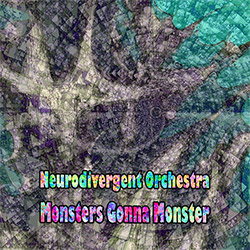
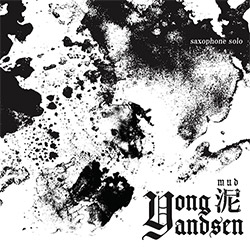

![Musicworks Magazine: #152 Fall 25 [MAGAZINE + CD]](https://www.teuthida.com/productImages/misc4/37004.jpg)
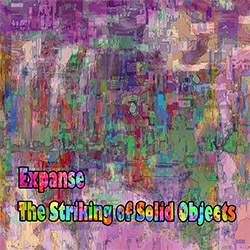




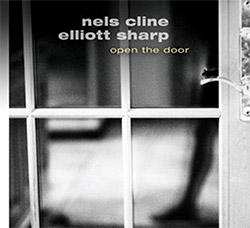
![[ahmed] (Thomas / Grip / Gerbal / Wright): Sama](https://www.teuthida.com/productImages/misc4/36976.jpg)

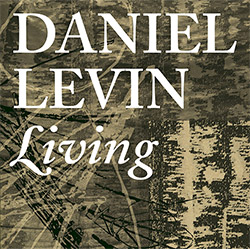
![Cleaver, Gerald / Brandon Lopez / Hprizm: In The Wilderness [COLOR VINYL]](https://www.teuthida.com/productImages/misc4/33060.jpg)
![McPhee, Joe : Defiant Jazz: a Joe McPhee Taster [VINYL]](https://www.teuthida.com/productImages/misc4/36859.jpg)
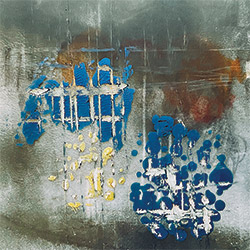
![Mateen, Sabir / Patrick Holmes / Federico Ughi : Survival Situation [LTD VINYL LP + DOWNLOAD]](https://www.teuthida.com/productImages/misc4/29891.jpg)
![Tucker, Dave / Pat Thomas / Thurston Moore / Mark Sanders: Educated Guess Vol. 1 [COLORED VINYL]](https://www.teuthida.com/productImages/misc4/30183.jpg)
![Sarian, Michael / Matthew Putman: A Lifeboat (Part I) [COLORED VINYL]](https://www.teuthida.com/productImages/misc4/30426.jpg)

![Genthon, Anouck / Lionel Marchetti: Suite Blanche [2 CDs]](https://www.teuthida.com/productImages/misc4/36642.jpg)
![Toeplitz, Kasper T.: Erosions Programmees [CD + BOOKLET]](https://www.teuthida.com/productImages/misc4/36639.jpg)
![Gate, The : Amost Live [CASSETTE + MAGAZINE]](https://www.teuthida.com/productImages/misc4/36836.jpg)
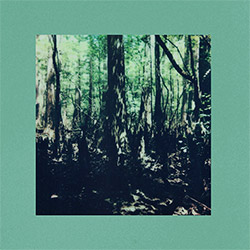


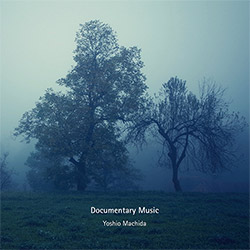
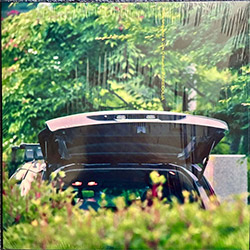
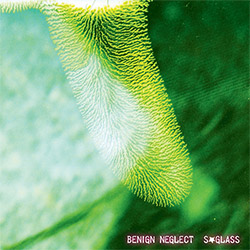
![A Magic Whistle: The Solar Cell [VINYL]](https://www.teuthida.com/productImages/misc4/36658.jpg)

![McGee, Hal: Columbus Expedition [Cassette w/ Download]](https://www.teuthida.com/productImages/misc4/36650.jpg)
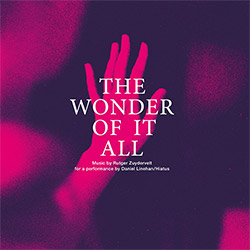

![Jaeger, Kassel: Fernweh [VINYL 2 LPs]](https://www.teuthida.com/productImages/misc4/36541.jpg)
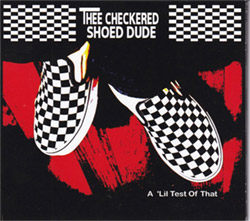




![+DOG+: The Light Of Our Lives [2 CDs]](https://www.teuthida.com/productImages/misc4/36009.jpg)


![Eternities: Rides Again [CASSETTE]](https://www.teuthida.com/productImages/misc4/36247.jpg)

![Lopez, Francisco: Untitled (2021-2022) [2 CDs]](https://www.teuthida.com/productImages/misc4/36438.jpg)

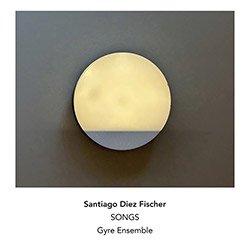
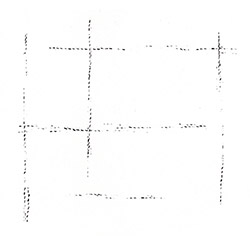
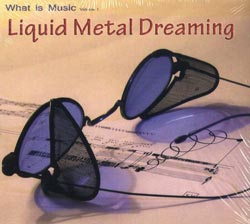

![Pisaro-Liu, Michael: Within (2) / Appearance (2) [2 CDs]](https://www.teuthida.com/productImages/misc4/36831.jpg)

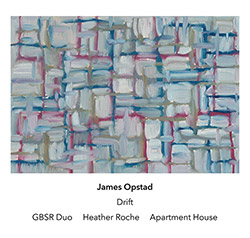
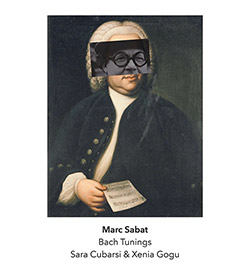
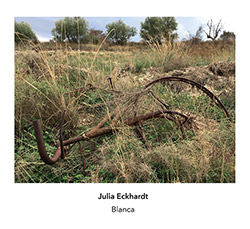
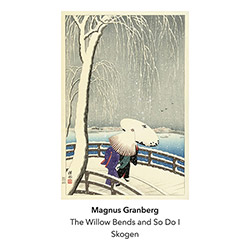
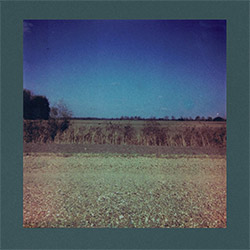
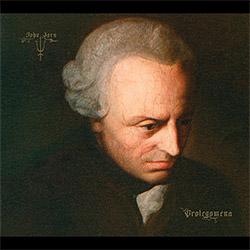
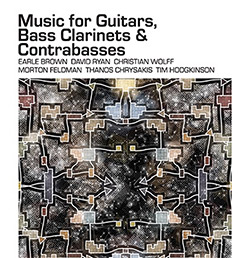

![Musicworks Magazine: #151 Summer 25 [MAGAZINE + CD]](https://www.teuthida.com/productImages/misc4/36559.jpg)

![Brown, Dan / Dan Reynolds: Live At The Grange Hall [unauthorized][CASSETTE]](https://www.teuthida.com/productImages/misc4/36245.jpg)


![Zorn, John: The Song of Songs [CD + CD BOOK]](https://www.teuthida.com/productImages/misc4/36923.jpg)

![Coultrain: Mundus [COLORED VINYL]](https://www.teuthida.com/productImages/misc4/33056.jpg)
![Hprizm: Signs Remixed [COLORED VINYL]](https://www.teuthida.com/productImages/misc4/30635.jpg)
![Halls Of the Machine: All Tribal Dignitaries [CASSETTE w/ DOWNLOAD]](https://www.teuthida.com/productImages/misc4/36134.jpg)


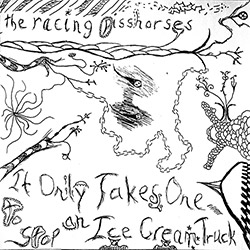
![Koenjihyakkei: Live at Club Goodman [2 CDs]](https://www.teuthida.com/productImages/misc4/36111.jpg)

![Sorry For Laughing (G. Whitlow / M. Bates / Dave-Id / E. Ka-Spel): Rain Flowers [2 CDS]](https://www.teuthida.com/productImages/misc4/35985.jpg)

![Rolando, Tommaso / Andy Moor : Biscotti [CASSETTE w/ DOWNLOADS]](https://www.teuthida.com/productImages/misc4/36106.jpg)


![Electric Bird Noise / Derek Roddy: 8-10-22 [CD EP]](https://www.teuthida.com/productImages/misc4/35970.jpg)








![Elephant9 : Mythical River [VINYL]](https://www.teuthida.com/productImages/misc4/34624.jpg)



![Elephant9 with Terje Rypdal: Catching Fire [VINYL 2 LPs]](https://www.teuthida.com/productImages/misc4/35355.jpg)
![Coley, Byron: Dating Tips for Touring Bands [VINYL]](https://www.teuthida.com/productImages/misc4/17906.jpg)

![Lost Kisses: My Life is Sad & Funny [DVD]](https://www.teuthida.com/productImages/misc4/lostKissesDVD.jpg)